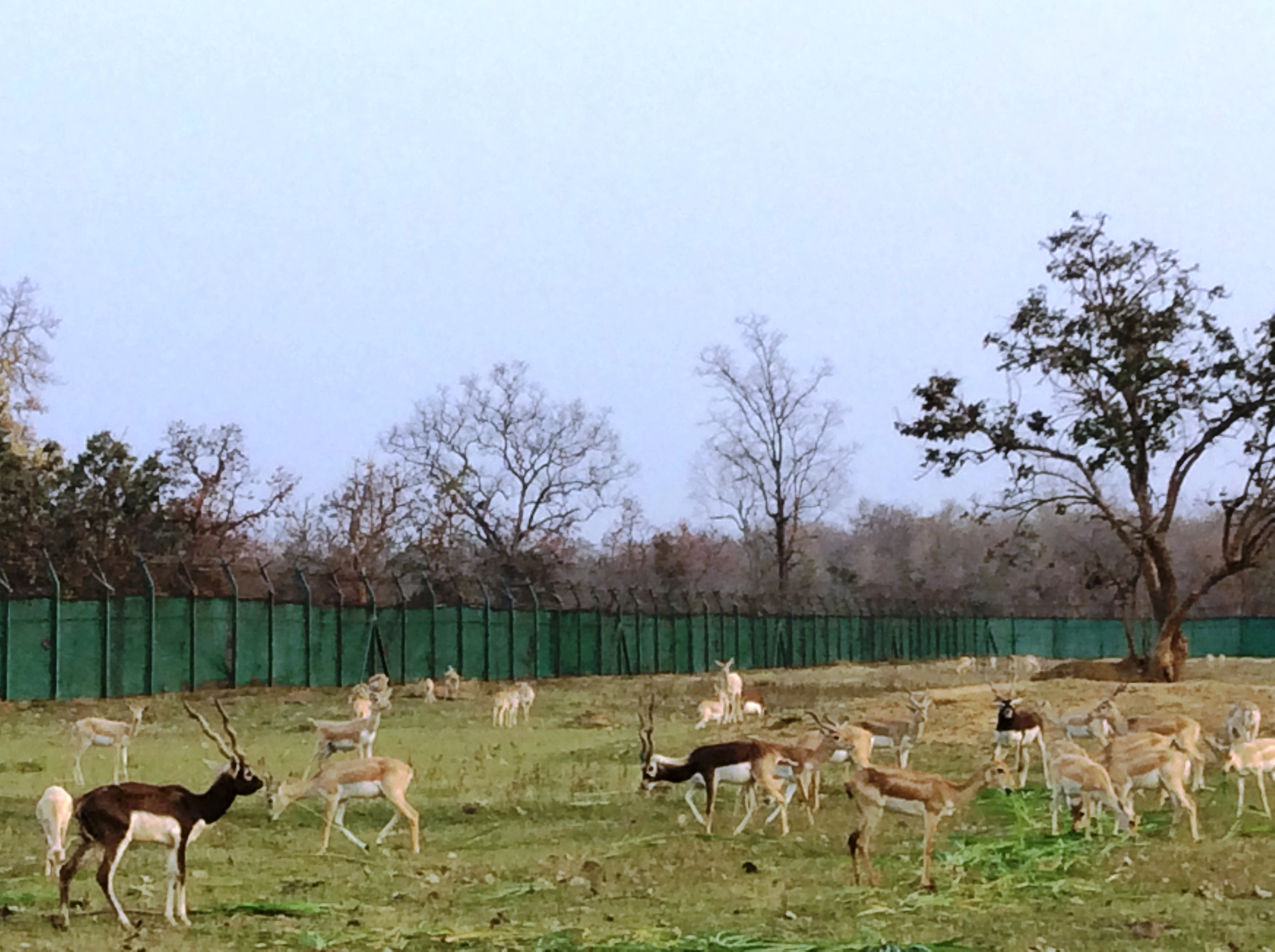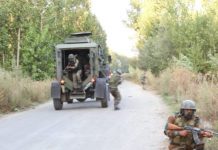
In Chhattisgarh, blackbucks are not naturally found anymore. But the animal is still found in Madhya Pradesh, Rajasthan, Maharashtra and Gujarat, writes Deepanwita Gita Niyogi
The Barnawapara Wildlife Sanctuary located in central Chhattisgarh has introduced a site specific reintroduction plan for the blackbuck (Antilope cervicapra) extending from 2021-2026. A schedule 1 species under the Wildlife Protection Act of 1972, blackbucks were once abundant in India, but their population started declining as a result of hunting and habitat loss. There were less than 80,000 animals remaining in 1947. At present, there are an estimated 50,000 individuals.
In Chhattisgarh, blackbucks are not naturally found anymore after they became extinct. But the animal is still found in Madhya Pradesh, Rajasthan, Maharashtra and Gujarat. The Bishnoi community has been instrumental in protecting the species.
In 2018, 50 blackbucks were taken from the National Zoological Park in New Delhi for release in the sanctuary established in 1976 and spread over 244.66 sq km. Before this in 2010, blackbucks were translocated for the first time to Chhattisgarh’s Kanan Pendari Zoo in Bilaspur from the capital. From there, they were later reintroduced in Barnawapara.
“The aim is to establish a viable, free roaming and wild population of blackbucks again in Chhattisgarh. It is feared that the current population is small and may crash anytime. Habitat loss and fragmentation of forests threaten the species,” said Krishanu Chandraker, range officer, Bar, Barnawapara Wildlife Sanctuary.
Reintroduction programme
Of the 77 animals reintroduced in Barnawapara, 40 were released in the wild in January this year. The rest of the population is being monitored in an especially built enclosure covering four hectares as they cannot be directly released in the forest.
Chandraker added that the translocation was carried out after the Central Zoo Authority of India gave permission as part of an exchange programme.
Barnawapara is currently preparing for national park status. As a wildlife habitat, it does not have tigers but it offers good sightings of leopard and gaur (Indian bison). The latter is listed as vulnerable on the IUCN Red List.
Relocation of species has been attempted before in Barnawapara. The sanctuary brought two sub-adult wild buffaloes all the way from the Manas National Park in Assam during the first lockdown period to improve the skewed sex ratio. It is Chhattisgarh’s state animal.
At the enclosure where the remaining blackbucks are confined, grass is being fed to the animals. Anand Kudarya, who is the superintendent at Barnawapara, said that the remaining 37 animals in the enclosure would be released during the monsoon. “In the first two batches released in January, the first batch had 13 animals but one died. The second batch had 26.”
Kudarya added that every kind of flora and fauna is important for maintaining biodiversity and the sanctuary is rich in this aspect. “The reintroduction was carried out for biodiversity maintenance. Only there aren’t tigers but otherwise people get a nice safari experience here.”
Is translocation good practice?
The cheetah, which is the world’s fastest land animal, is once again going to be reintroduced in the country under the Action Plan for Introduction of Cheetah in India. Under this, 50 animals are going to be introduced in various national parks.
Chhattisgarh’s principal chief conservator of forests Rakesh Chaturvedi said the animals were received from Delhi zoo as part of an exchange. Some of them are being kept in a closed enclosure for acclimatization. “Relocation is a good management practice and it is successful. Blackbucks were naturally found in Barnawapara and the forest working plans of 1970s mention them. Land grab, mining and other activities may have led to its decline and the species vanished.”
A former forest officer from Maharashtra not wishing to be named said the kind of habitat which determines the success of reintroduction must be considered in such cases. Open meadows and grasslands are suitable for blackbucks, but not dense forests. However, relocation is worth trying if the habitat is suitable.

Barnawapara which has black cotton soil is a mixed forest with Teak and Sal trees in plenty. Retired forest official based in Raipur Shirish Kumar Sinha was the superintendent in Barnawapara in 2017. He said if animals are introduced in a habitat and they survive, it is a good sign. “It was a climatic change for the blackbucks when they were translocated. But now they are flourishing. However, the presence of too many leopards can be a threat as they have lived for long in captivity.”
Sinha added that Barnawapara is full of forest and receives a heavy rainfall of 1100 mm annually. “But the enclosure was constructed even before I joined and the plan was made to reintroduce the animals even though it wasn’t that suitable for blackbucks. But as it is a beautiful animal, visitors love to watch them.”
Remarking on whether tiger reintroduction plan in Barnawapara has something to do with that of blackbucks, Sinha explained that it is a good place for tigers but the sanctuary has a good prey base in the form of nilgai and cheetal.
K Ramesh, scientist at the Wildlife Institute of India, said the idea of reintroduction of species is not unwelcome and should be attempted. But it should be considered based on technical and administrative consideration as well as long-term conservation commitment. Regarding the specific case of Barnawapara’s reintroduction of black bucks, however, he added that he does not have much idea.













